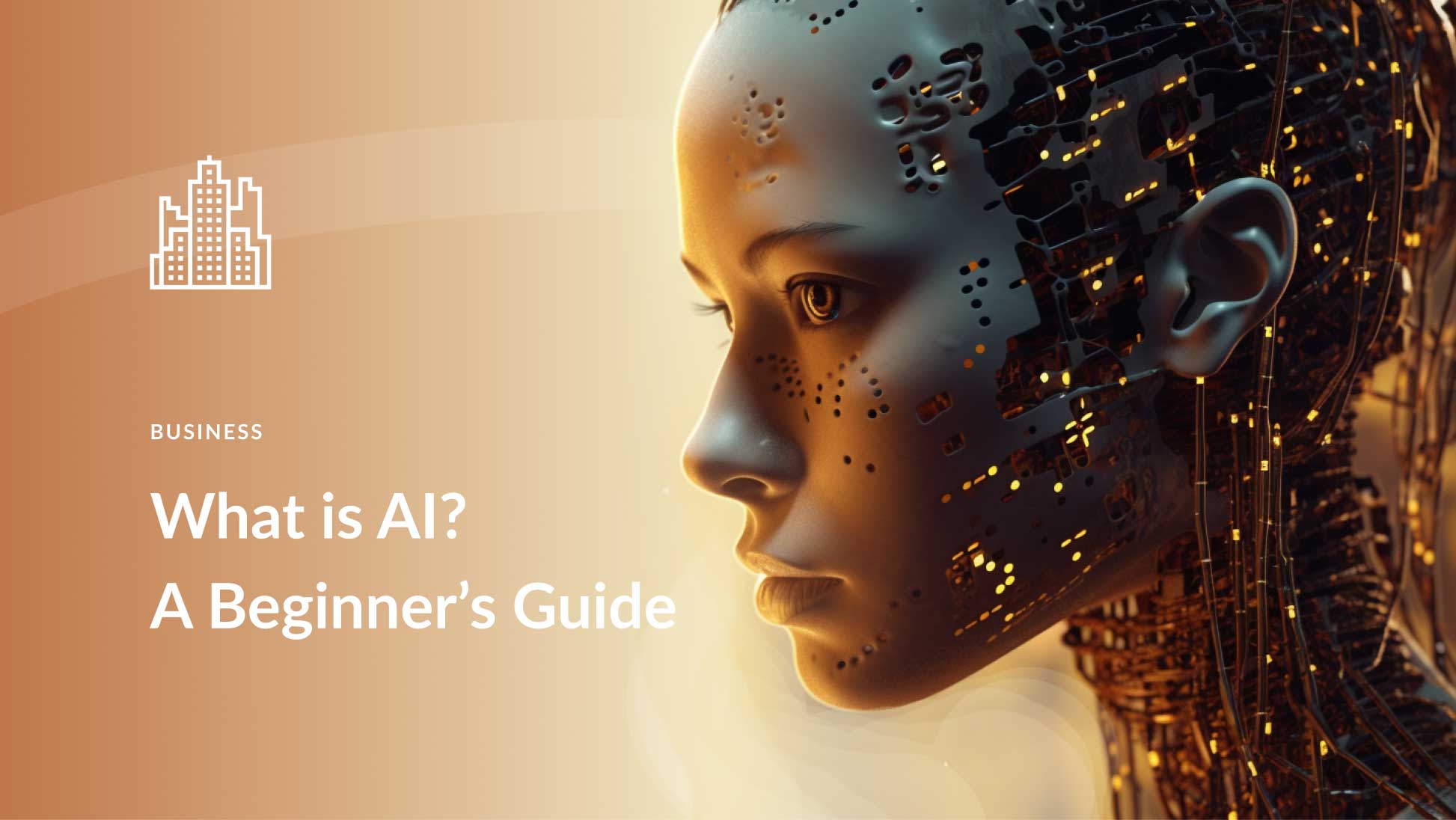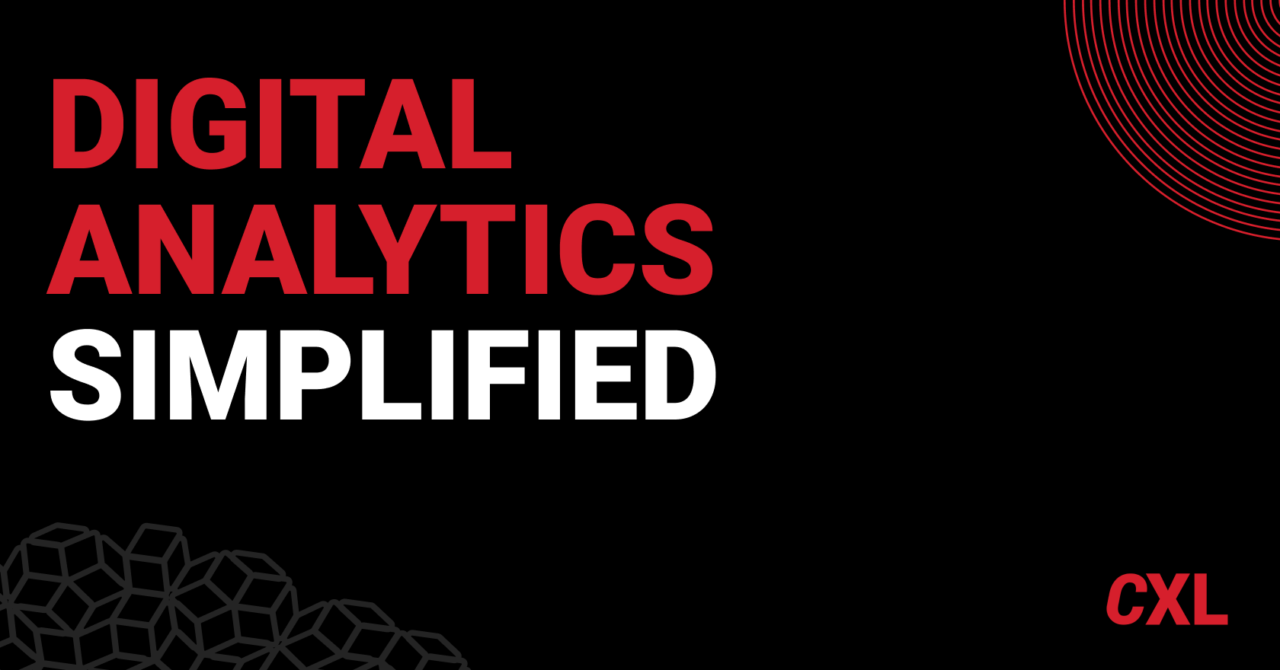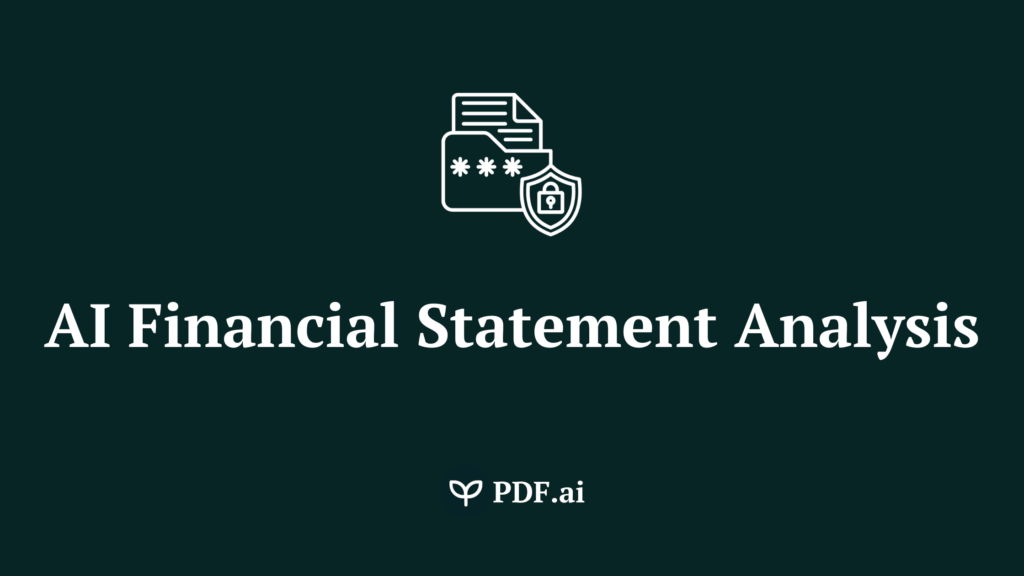Data analysis can be complex. AI can make it easier.
I recently discovered how AI tools can simplify data analysis, even for beginners. Before using AI, the process seemed overwhelming and time-consuming. But with the right tools, analyzing data became manageable and efficient. This guide shares my journey and offers tips for beginners.
If you’re new to data analysis or curious about AI, this post will help you get started. By the end, you’ll understand the basics and see how AI can streamline your work. Let’s dive in and make data analysis simpler together.
Introduction To Ai In Data Analysis
Discover how AI can simplify your data analysis process. Follow this beginner’s guide to learn the basics. Start analyzing data more efficiently today.
Artificial Intelligence (AI) is changing how we handle data. It simplifies complex tasks and helps us make better decisions. Many beginners struggle with data analysis. AI can make this process easier and more efficient.
Why Ai Is Useful
AI can process large amounts of data quickly. This speed saves time and effort. AI tools can spot patterns and trends that humans might miss. They also reduce human errors, ensuring more accurate results.
Here are some reasons why AI is useful in data analysis:
- Speed: AI processes data faster than humans.
- Accuracy: AI reduces errors.
- Pattern Recognition: AI finds trends easily.
- Efficiency: AI saves time and effort.
Personal Motivation
I wanted to improve my data analysis skills. Traditional methods were time-consuming and difficult. I decided to try AI tools. They made my work easier and more accurate.
Here is a simple example of my motivation:
| Traditional Methods | AI Tools |
|---|---|
| Time-consuming | Time-saving |
| Prone to errors | Accurate |
| Hard to spot patterns | Easy to find trends |
Using AI, I was able to simplify my data analysis tasks. This allowed me to focus on other important aspects of my work. It improved my productivity and results.
AI tools are not just for experts. Beginners can also benefit from them. They are easy to use and understand. This makes data analysis accessible to everyone.
Key Takeaway: AI can make data analysis simpler, faster, and more accurate. It helps beginners and experts alike. By using AI tools, I was able to improve my skills and results.
Setting Up The Ai Tools
Setting up AI tools for data analysis can seem challenging. But it’s easier than you might think. With the right steps, you can get started quickly. This section will guide you through the process.
Choosing The Right Software
Choosing the right software is the first step. Many AI tools are available. Some popular ones include TensorFlow, PyTorch, and KNIME. Each has its strengths. For beginners, user-friendly software is best. KNIME and Orange are great choices. They have simple interfaces. They also offer many tutorials.
Installation And Configuration
After selecting the software, the next step is installation. Most AI tools offer easy installation guides. Follow these carefully. For KNIME, download the installer from their website.
Run the installer and follow the prompts. For Python-based tools, install Python first. Then, use pip to install the necessary libraries.
Configuration is the final step. This includes setting up your workspace. For KNIME, create a new project. For Python tools, set up a virtual environment. This keeps your work organized.
Configure your tool to fit your needs. Adjust settings like memory usage and file paths. This ensures smooth operation.
Data Preparation
Data preparation is a crucial step in data analysis. It involves cleaning and organizing data to make it ready for analysis. Using AI can simplify this process, even for beginners. Let’s dive into the essential steps of data preparation.
Cleaning The Data
Cleaning data is the first step. It involves removing errors, duplicates, and irrelevant information. AI tools can automate this process. They can identify and correct errors quickly. This saves time and ensures your data is accurate.
For example, AI can detect and fix typos in your data. It can also identify missing values and suggest replacements. This helps maintain the integrity of your dataset. Clean data leads to more reliable analysis results.
Organizing The Data
Once your data is clean, the next step is organizing it. This means arranging your data in a structured format. AI can help categorize and sort data effortlessly. It can group similar data points together. This makes it easier to analyze and interpret.
AI tools can also create visual representations of your data. Charts and graphs can be generated automatically. This visual organization helps in understanding data patterns. Well-organized data is crucial for insightful analysis.
In summary, cleaning and organizing data with AI simplifies the data preparation process. It makes analysis more efficient and accurate.

Credit: www.amazon.com
Ai Techniques For Data Analysis
AI techniques can transform how we analyze data. They help automate tasks, uncover patterns, and make predictions. In this section, we will explore some essential AI techniques for data analysis. These include machine learning basics and natural language processing.
Machine Learning Basics
Machine learning is a core part of AI. It allows computers to learn from data. This means the system improves over time without being explicitly programmed. You start by feeding data into a machine learning model. The model then learns to make predictions based on this data.
For example, you can use machine learning to predict sales trends or customer preferences.
There are various types of machine learning. Supervised learning uses labeled data to train the model. Unsupervised learning works with unlabeled data to find hidden patterns.
Reinforcement learning teaches the model through trial and error. Understanding these basics is key to using AI in data analysis.
Natural Language Processing
Natural language processing (NLP) helps computers understand human language. This AI technique is useful for analyzing text data. It can process customer reviews, social media posts, and survey responses. NLP techniques include sentiment analysis, topic modeling, and text summarization.
Sentiment analysis determines the emotion behind a piece of text. Is the review positive or negative? Topic modeling identifies themes in a large set of documents. Text summarization creates concise summaries of longer texts. Using NLP can make sense of large amounts of text data quickly and efficiently.
Automating Data Analysis Tasks
Automating data analysis tasks can save time and reduce errors. AI tools can perform repetitive tasks efficiently. This guide shows how AI can simplify data analysis for beginners.
Building Predictive Models
Predictive models help forecast future outcomes based on data. AI can automate the creation of these models. First, gather your historical data. Next, use AI tools to clean and preprocess the data. This step ensures your data is ready for modeling.
After that, select an AI algorithm. Common algorithms include linear regression and decision trees. AI will train the model using your data. Finally, validate the model with a separate dataset. This checks the model’s accuracy.
Data Visualization
Visualizing data helps to understand trends and patterns. AI tools can automatically generate charts and graphs. Start by loading your data into the AI tool. Choose the type of visualization you need. Options include bar charts, line graphs, and scatter plots.
AI will analyze the data and create the visualizations. Customize the visuals if needed. Adjust labels, colors, and scales to make the data clear. Data visualization makes complex information easier to digest.
Evaluating Ai Performance
Evaluating AI performance is key to any data analysis project. Understanding the strengths and weaknesses of AI models helps in making informed decisions. This section will guide you through evaluating AI performance with a focus on accuracy, precision, and interpreting results.
Accuracy And Precision
Accuracy measures how often the AI model is correct. It shows the proportion of true results among the total number of cases examined. High accuracy indicates that the AI is reliable.
Precision, on the other hand, is about the quality of the results. It measures the number of true positive results divided by the number of all positive results. High precision means fewer false positives.
Both metrics are essential. They give you a clear picture of your AI model’s performance. Ensuring both high accuracy and precision leads to better outcomes.
Interpreting Results
Understanding the AI model’s results is crucial. It’s not enough to know that your model is accurate and precise. You need to interpret what these results mean for your specific data set.
Look at the context of the data. Are there patterns or anomalies? Understanding these aspects helps in making better data-driven decisions.
It is also helpful to visualize the results. Graphs and charts can make complex data easier to understand. They provide a clear picture of the AI model’s performance.
Finally, always test your model with new data. This ensures that the AI continues to perform well under different conditions. It also helps in identifying any potential areas for improvement.
Challenges And Limitations
When using AI for data analysis, you will face challenges and limitations. Understanding these issues helps manage expectations and allows better planning. It’s crucial for beginners to be aware of these to make informed decisions.
Common Pitfalls
One common pitfall is data quality. AI algorithms need clean, accurate data. If your data is messy or incomplete, results will be unreliable. Spend time cleaning and preparing your data. It makes a significant difference.
Another issue is overfitting. This happens when your model learns from the training data too well. It may not perform well on new data. Use techniques like cross-validation to avoid this.
Overcoming Obstacles
To overcome data quality issues, use proper data cleaning techniques. Remove duplicates, handle missing values, and ensure consistency. These steps improve the quality of your dataset.
Address overfitting by using simpler models or more data. Regularization techniques can also help. They add penalties for overly complex models, promoting simplicity.
Finally, understand the limitations of AI models. They can’t think or reason like humans. They rely on patterns found in data. Be aware of their limitations and use them as tools, not magic solutions.

Credit: www.elegantthemes.com
Future Of Ai In Data Analysis
The future of AI in data analysis is promising and exciting. AI tools are transforming how we understand and use data. This transformation is making data analysis more accessible, even for beginners. The integration of AI in data analysis will continue to grow. Let’s explore the emerging trends and long-term benefits.
Emerging Trends
AI is introducing new trends in data analysis. One major trend is automated data cleaning. AI tools can now clean data sets quickly. This saves hours of manual work. Another trend is predictive analytics. AI algorithms predict future trends based on historical data. These predictions help businesses make informed decisions.
Natural language processing (NLP) is also gaining traction. NLP allows AI to understand and analyze human language. This makes it easier to analyze text data from social media, reviews, and emails. Machine learning models are becoming more advanced.
They learn from data and improve over time. These models can identify patterns and insights that were previously hard to find.
Long-term Benefits
AI in data analysis offers long-term benefits. One key benefit is increased efficiency. AI tools can process large data sets quickly. This allows for faster decision-making. Another benefit is improved accuracy. AI algorithms can analyze data with high precision. This reduces the risk of human error.
Cost savings are another advantage. Automating data analysis reduces the need for large teams. This cuts down on labor costs. AI also offers scalability. As data volumes grow, AI tools can handle the increased load. This ensures that data analysis remains effective and relevant.
Finally, AI democratizes data analysis. It makes complex data analysis accessible to everyone. Beginners can use AI tools without extensive training. This opens up new opportunities for individuals and small businesses. They can now compete with larger organizations in data-driven decision-making.

Credit: cxl.com
Frequently Asked Questions
What Is Ai In Data Analysis?
AI in data analysis refers to using artificial intelligence to automate and enhance the process of examining data sets to draw conclusions. It can identify patterns, make predictions, and provide insights faster than traditional methods.
How Does Ai Simplify Data Analysis?
AI simplifies data analysis by automating data processing, reducing manual efforts, and providing accurate insights quickly. It helps in identifying trends and patterns that might be missed by human analysts.
Can Beginners Use Ai For Data Analysis?
Yes, beginners can use AI for data analysis. There are many user-friendly tools and platforms available that simplify the process. These tools often come with tutorials and support to help beginners get started.
What Are The Benefits Of Using Ai In Data Analysis?
Using AI in data analysis offers several benefits. It improves accuracy, saves time, and can handle large data sets efficiently. Additionally, AI can uncover hidden patterns and provide deeper insights.
Conclusion
Embracing AI for data analysis can simplify your tasks. It saves time and effort. You don’t need to be a tech expert to start. With practice, AI tools become easier to use. They help you make sense of complex data quickly.
Try integrating AI into your routine. You’ll find it beneficial for your data projects. Start small and gradually explore advanced features. The journey is rewarding and educational. Happy analyzing!
